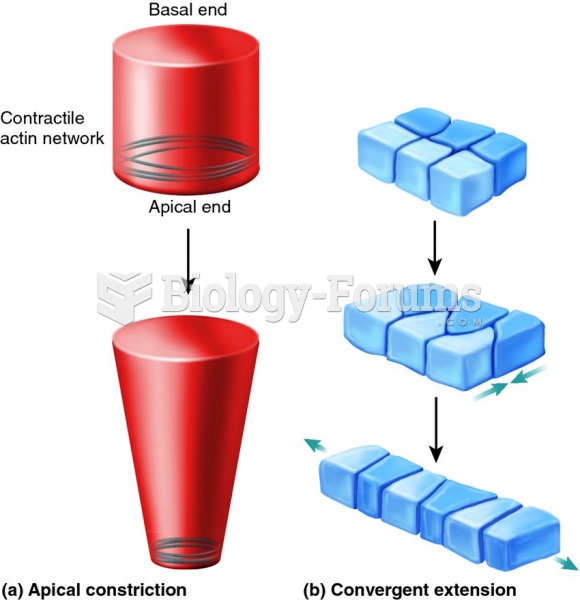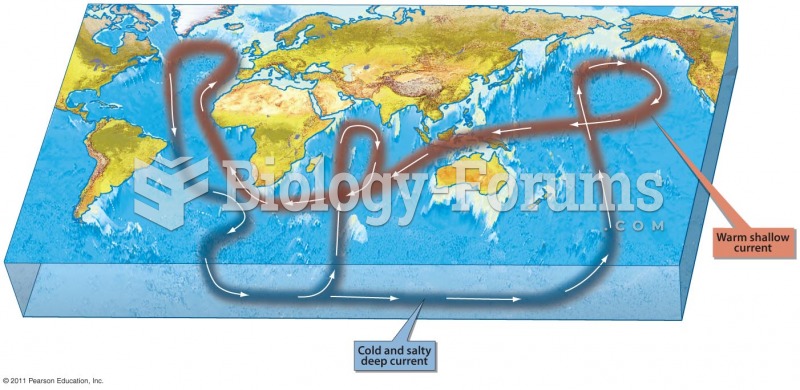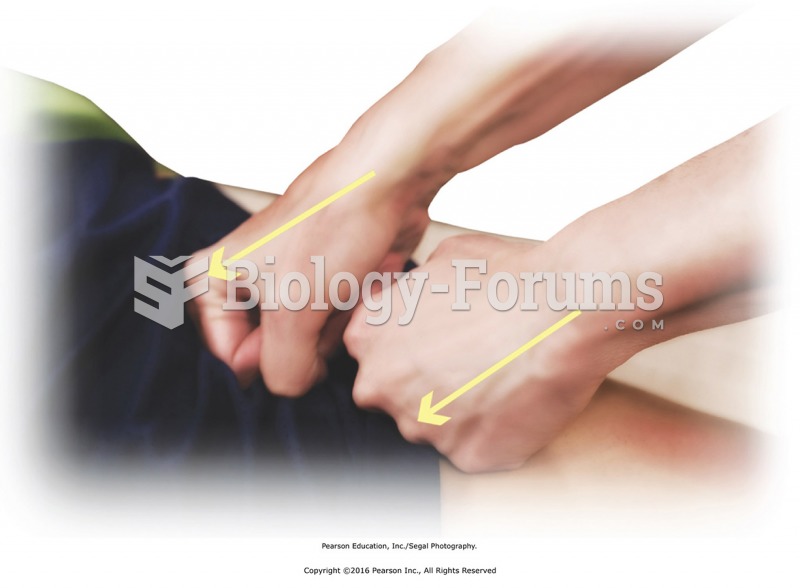This topic contains a solution. Click here to go to the answer
|
|
|
Did you know?
Calcitonin is a naturally occurring hormone. In women who are at least 5 years beyond menopause, it slows bone loss and increases spinal bone density.
Did you know?
In 1886, William Bates reported on the discovery of a substance produced by the adrenal gland that turned out to be epinephrine (adrenaline). In 1904, this drug was first artificially synthesized by Friedrich Stolz.
Did you know?
The familiar sounds of your heart are made by the heart's valves as they open and close.
Did you know?
The first-known contraceptive was crocodile dung, used in Egypt in 2000 BC. Condoms were also reportedly used, made of animal bladders or intestines.
Did you know?
The people with the highest levels of LDL are Mexican American males and non-Hispanic black females.
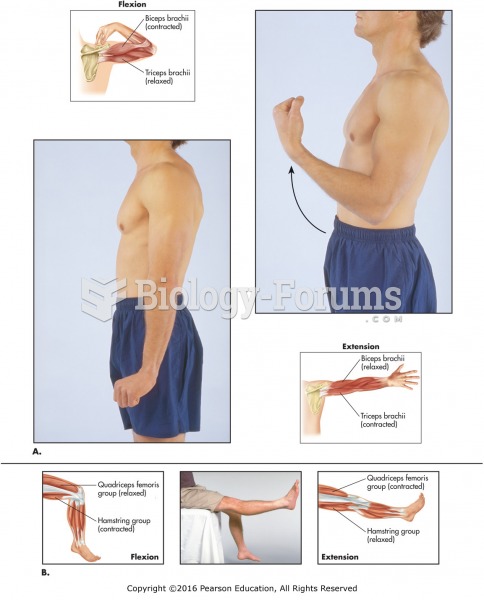 The types of skeletal movement. (A) Flexion and extension of left forearm. (B) Flexion and extension ...
The types of skeletal movement. (A) Flexion and extension of left forearm. (B) Flexion and extension ...
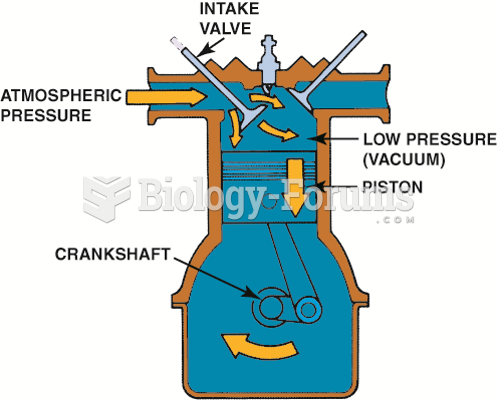 Downward movement of the piston lowers the air pressure inside the combustion chamber. The pressure ...
Downward movement of the piston lowers the air pressure inside the combustion chamber. The pressure ...


